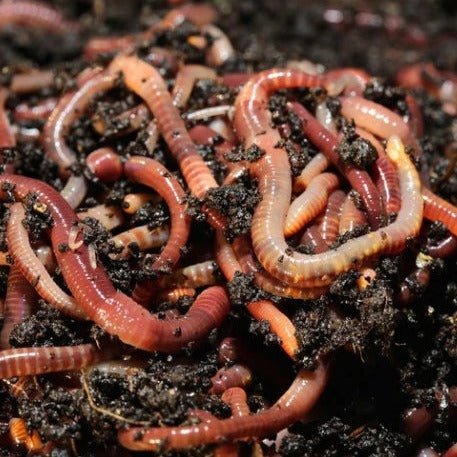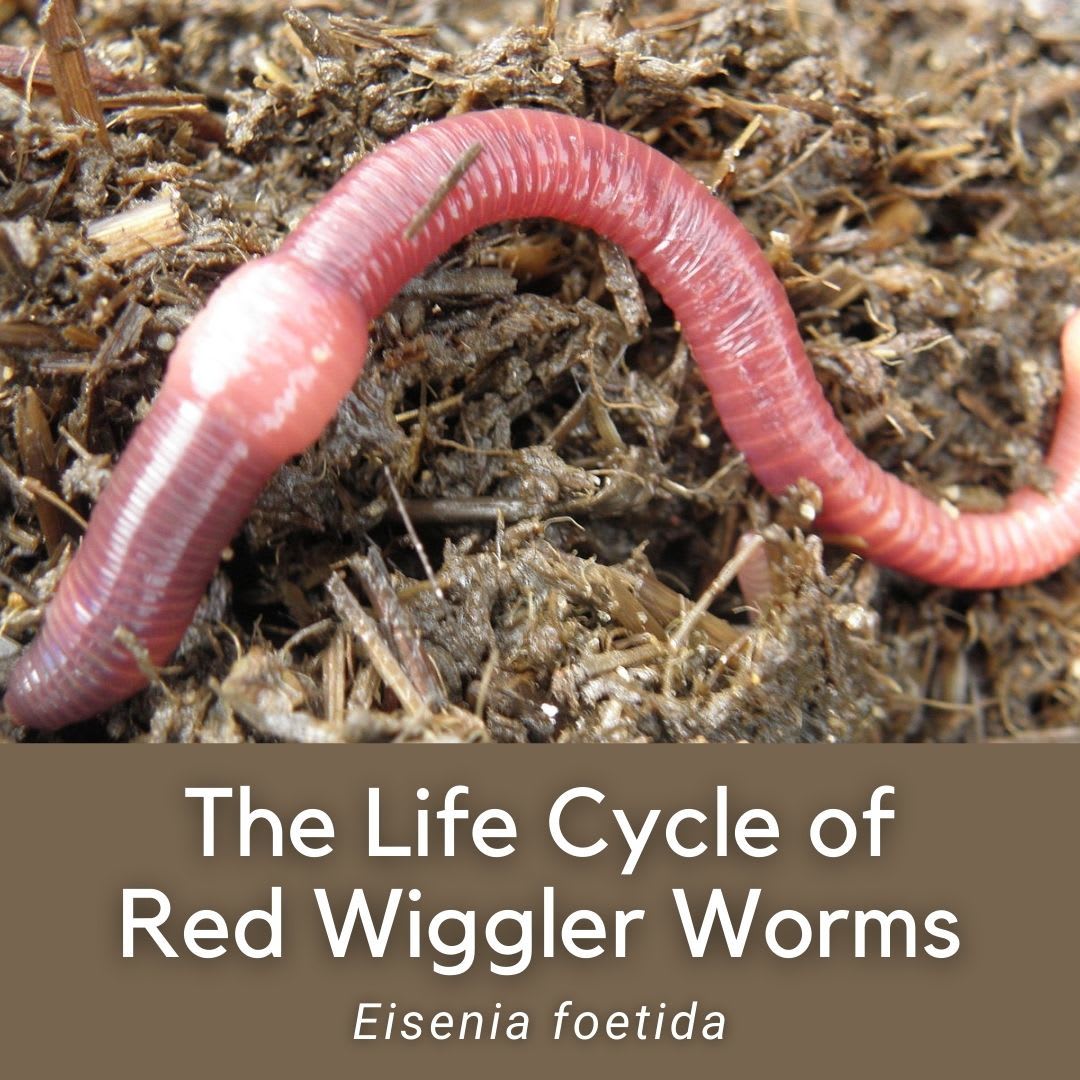Boost Your Fishing Success with Red Wiggler Express Supplies
Boost Your Fishing Success with Red Wiggler Express Supplies
Blog Article
Red Wigglers 101: Whatever You Need to Know for Thriving Gardens
Red wigglers, or Eisenia fetida, play an important function in sustainable horticulture methods, offering as reliable decomposers that transform natural waste right into beneficial vermicompost. Recognizing their environment, nutritional choices, and the myriad advantages they supply can change your gardening method (Red Wiggler Express). As these worms prosper in particular conditions, their care and management are important for maximizing their contributions to dirt wellness. The concern continues to be: what actions can you take to harness the full potential of these remarkable microorganisms in your very own yard?
Comprehending Red Wigglers

Red wigglers grow in settings rich in natural material and wetness. Red Wiggler Express. They possess an unique digestive system that permits them to process food scraps promptly, eliminating spreadings that are loaded with vital nutrients such as nitrogen, phosphorus, and potassium. These spreadings boost dirt structure, improve water retention, and foster valuable microbial task, every one of which add to robust plant wellness
Furthermore, red wigglers can endure in varied conditions, making them versatile to numerous horticulture methods, consisting of interior and outdoor composting systems. Their ability to consume large quantities of organic waste everyday positions them as important allies for both home garden enthusiasts and industrial farmers. By incorporating red wigglers into gardening initiatives, one can considerably boost soil fertility and assistance sustainable gardening methods.
Suitable Environment for Red Wigglers
Developing an optimal setting for red wigglers is crucial for maximizing their composting capabilities and general health. Red wigglers thrive in damp, dark, and well-aerated habitats, which very closely resemble their natural surroundings in fallen leave litter and decomposing raw material. An ideal environment should offer a temperature level range between 55 ° F and 77 ° F(13 ° C to 25 ° C), as severe temperature levels can worry or harm the worms.
The bedding material, such as shredded paper, cardboard, or coconut coir, must be kept damp but not extremely damp, as extreme moisture can result in anaerobic conditions destructive to worm health. In addition, a pH degree in between 6.0 and 7.5 is ideal, making sure a well balanced environment.
Correct oygenation is just as crucial; it permits oxygen flow and protects against the accumulation of hazardous gases. A container or bin developed for vermicomposting should have drain openings to eliminate excess dampness and advertise air flow. Normal surveillance of these problems is essential for maintaining a growing red wiggler population, inevitably enhancing their efficiency in damaging down organic waste and enriching garden soil.
Dietary Demands and Preferences

Red wigglers exhibit certain preferences; they are especially warm of softer, decomposing materials over harder or more coarse compounds. It is important to stay clear of feeding them citrus peels, onion, and garlic in huge quantities, as these can be hazardous. Additionally, meat, dairy, and oily foods need to be excluded, as they can attract pests and develop undesirable odors.
(Red Wiggler Express)Environment-friendly materials, such as veggie scraps, offer nitrogen, while brown materials, like cardboard and dried leaves, supply carbon. By providing to their dietary needs, gardeners can foster a flourishing population of red wigglers in their compost systems.
Benefits of Using Red Wigglers
The amazing benefits of utilizing red wigglers in horticulture prolong much beyond their duty in composting. These functional microorganisms contribute significantly to dirt health, enhancing nutrition accessibility and advertising microbial task. By aerating the soil as they delve, red wigglers enhance water drainage and origin infiltration, developing an optimal setting for plant development.
Moreover, red wigglers are reliable recyclers of organic waste, transforming it into nutrient-rich spreadings that function as an excellent all-natural fertilizer. These castings include beneficial microbes and crucial nutrients, such as nitrogen, phosphorus, and potassium, which are crucial for plant growth. The sluggish release of nutrients from worm castings makes sure a stable supply, lessening the risk of nutrient leaching and promoting sustainable horticulture techniques.
In addition, the visibility of red wigglers can assist suppress soil-borne plant conditions. Their digestive system procedures create compounds that prevent harmful pathogens, thereby boosting plant wellness. Using red wigglers cultivates a best site much more lasting horticulture method by minimizing reliance on chemical plant foods and promoting a closed-loop system, where waste is changed right into important sources. In general, incorporating red wigglers into gardening techniques provides a multitude of eco-friendly and farming advantages.
(Red Wiggler Express)
Composting With Red Wigglers

To launch a successful vermicomposting system, pick a suitable container with proper ventilation and drain. The ideal atmosphere for red wigglers consists of a wet, dark setup with temperatures between 55 ° F and 77 ° F. Begin by layering shredded paper, cardboard, and food scraps, making sure a balanced mix of carbon and nitrogen-rich materials.
Red wigglers grow on vegetable peels, fruit scraps, coffee grounds, and eggshells, while staying clear of meat, dairy, and oily foods that can draw in parasites. Regularly keep an eye on moisture levels; the bedding should be damp yet not soaked. Harvest worm spreadings every couple of months by dividing the worms from the garden compost, which can then be made use of straight in yards or kept for later use.
Executing vermicomposting not only minimizes land fill waste however likewise enhances garden soil, promoting healthy plant development and lasting horticulture techniques. Embrace this environmentally friendly technique to enhance your horticulture ventures.
Conclusion
In recap, red wigglers are vital organisms for improving yard productivity via effective composting. By making use of red wigglers, gardeners can significantly boost dirt quality and nutrient schedule, fostering much healthier plant development.
Report this page